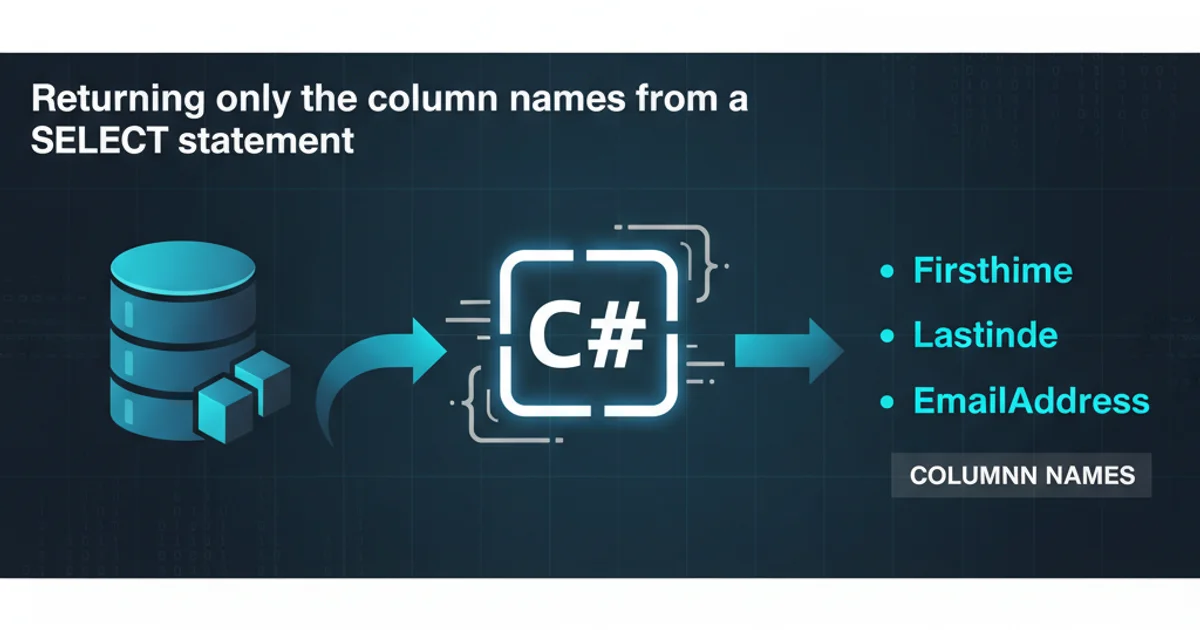How can I use the AEST timezone with Moment.js?
Categories:
Mastering AEST Timezone with Moment.js

Learn how to correctly handle the Australian Eastern Standard Time (AEST) timezone using Moment.js, including common pitfalls and best practices for accurate date and time manipulation.
Moment.js has long been a popular library for parsing, validating, manipulating, and formatting dates in JavaScript. While it handles many date operations seamlessly, working with timezones, especially specific ones like Australian Eastern Standard Time (AEST), requires careful attention. This article will guide you through the process of correctly using AEST with Moment.js, addressing common challenges and providing clear examples.
Understanding Timezones in Moment.js
Moment.js itself does not directly support timezones out of the box. To work with specific timezones like AEST (which is UTC+10 during standard time and UTC+11 during daylight saving time, known as AEDT), you need to use the Moment-Timezone plugin. This plugin extends Moment.js capabilities to handle various IANA timezones, including those in Australia.
Setting Up Moment-Timezone
Before you can work with AEST, you need to include both Moment.js and the Moment-Timezone plugin in your project. You can install them via npm or include them via CDN.
npm install moment moment-timezone
Installing Moment.js and Moment-Timezone via npm
<!-- Via CDN -->
<script src="https://cdnjs.cloudflare.com/ajax/libs/moment.js/2.29.1/moment.min.js"></script>
<script src="https://cdnjs.cloudflare.com/ajax/libs/moment-timezone/0.5.33/moment-timezone-with-data.min.js"></script>
Including Moment.js and Moment-Timezone via CDN
Working with AEST Dates
Once the plugin is set up, you can create Moment objects in the AEST timezone. The key is to use moment.tz() and specify the correct IANA timezone identifier for Australian Eastern Time, which is Australia/Sydney or Australia/Melbourne (they share the same timezone rules).
import moment from 'moment-timezone';
// Get current time in AEST
const nowAEST = moment.tz("Australia/Sydney");
console.log("Current time in AEST:", nowAEST.format('YYYY-MM-DD HH:mm:ss [Z]'));
// Create a specific date and time in AEST
const specificDateAEST = moment.tz("2023-07-20 14:30:00", "YYYY-MM-DD HH:mm:ss", "Australia/Sydney");
console.log("Specific date in AEST:", specificDateAEST.format('YYYY-MM-DD HH:mm:ss [Z]'));
// Convert a UTC date to AEST
const utcDate = moment.utc("2023-07-20 04:30:00"); // This is 2:30 PM AEST
const convertedToAEST = utcDate.tz("Australia/Sydney");
console.log("UTC converted to AEST:", convertedToAEST.format('YYYY-MM-DD HH:mm:ss [Z]'));
// Check if it's currently AEST or AEDT
console.log("Current timezone abbreviation:", nowAEST.zoneAbbr());
console.log("Is it daylight saving time in AEST?", nowAEST.isDST());
Examples of creating and converting dates to AEST
flowchart TD
A[Start]
B{Initialize Moment-Timezone}
C{Specify IANA Timezone ID}
D[Create Moment Object with .tz()]
E{Perform Date Operations}
F[Format Output]
G[End]
A --> B
B --> C
C --> D
D --> E
E --> F
F --> GWorkflow for handling timezones with Moment-Timezone
Common Pitfalls and Best Practices
When working with timezones, especially AEST which observes daylight saving, it's easy to encounter issues. Here are some tips to avoid them:
+10:00 for AEST. Always use the IANA timezone identifier (e.g., Australia/Sydney) to let Moment-Timezone handle daylight saving transitions automatically. Using fixed offsets will lead to incorrect times during AEDT.1. Always use IANA Timezone Identifiers
Instead of hardcoding offsets like +10:00, use identifiers like Australia/Sydney or Australia/Melbourne. This ensures that daylight saving transitions (AEST to AEDT and vice-versa) are handled correctly by the library.
2. Be mindful of input formats
When parsing a string, provide the format string to moment.tz() to ensure correct interpretation, especially if the string doesn't include timezone information. If the input string does contain timezone info (e.g., 2023-10-29T02:30:00+11:00), Moment.js will parse it correctly, but you might still want to convert it to your desired display timezone.
3. Understand moment() vs moment.tz()
moment() creates a Moment object in the user's local timezone (or UTC if specified). moment.tz() creates a Moment object in the specified timezone. Be clear about which context you are operating in.
4. Consider Moment.js alternatives for new projects
While Moment.js is still widely used, it is now in maintenance mode. For new projects, consider modern alternatives like Luxon, date-fns-tz, or the native Temporal API (currently a Stage 3 proposal) for better timezone support and tree-shaking capabilities.